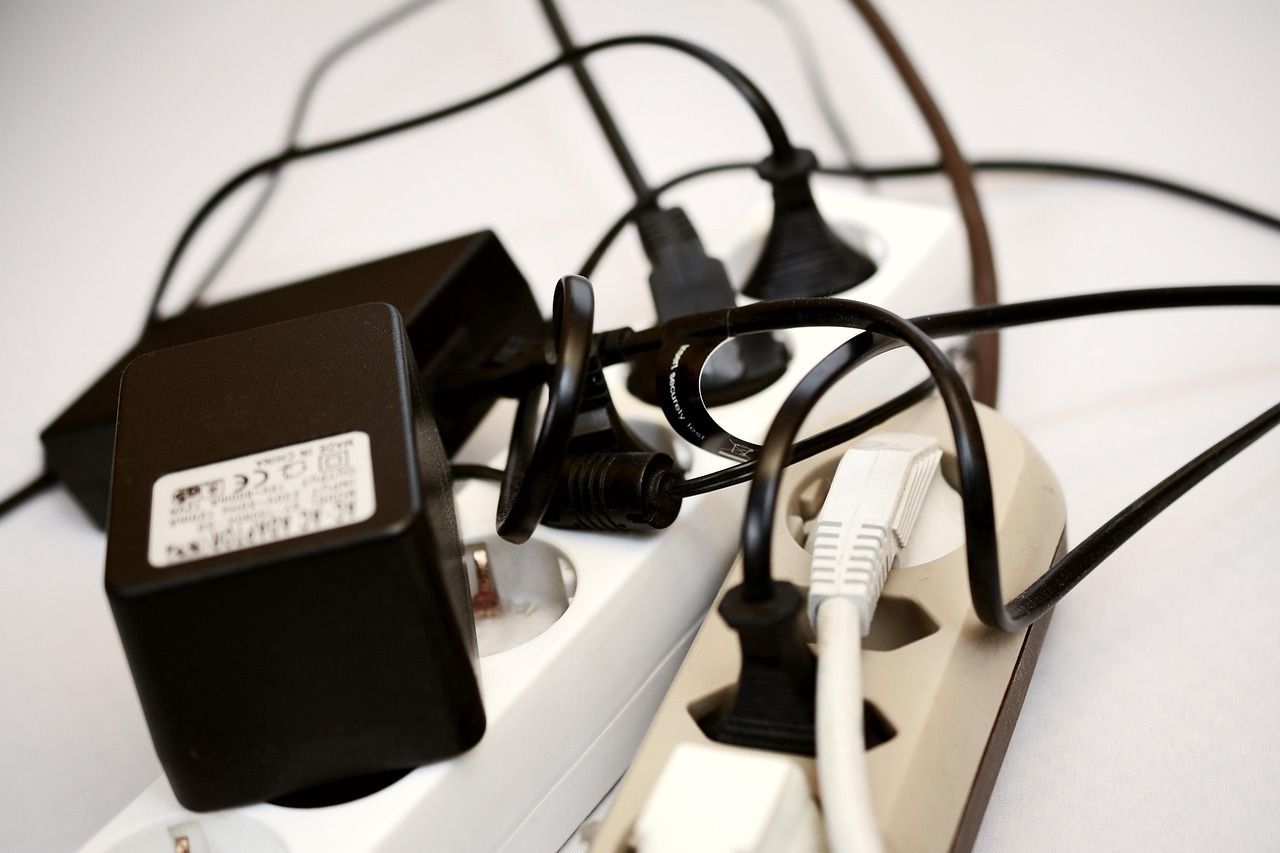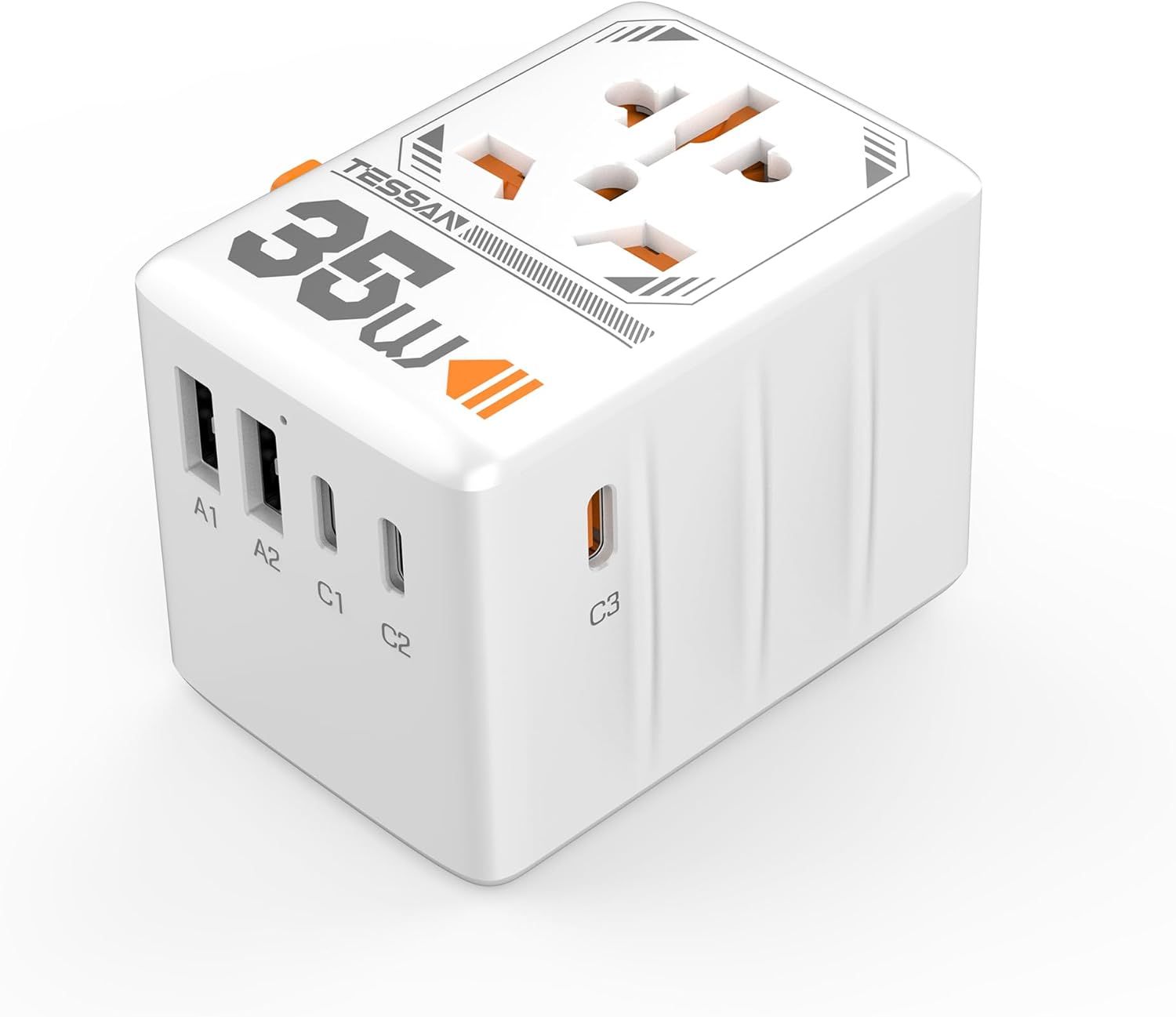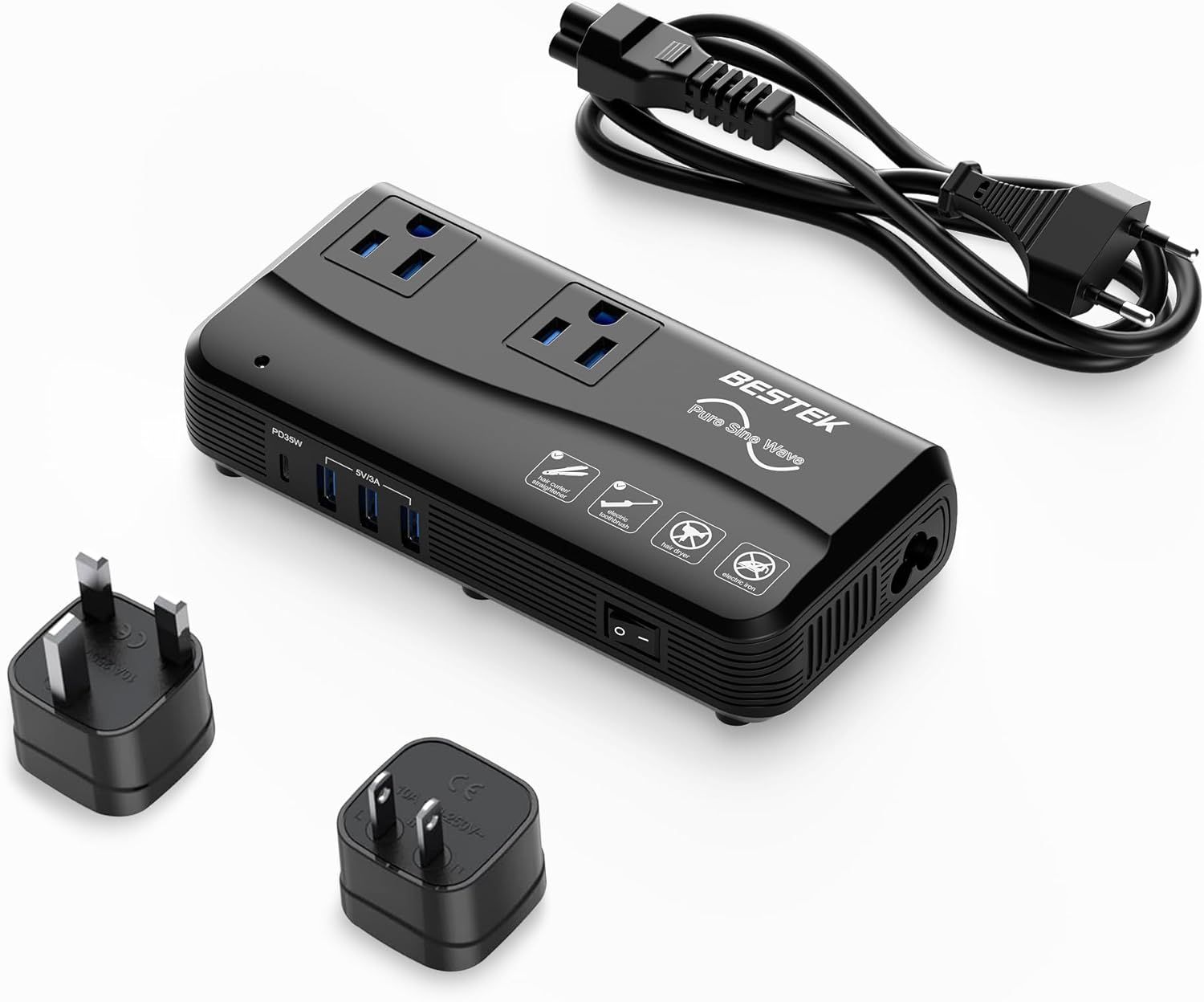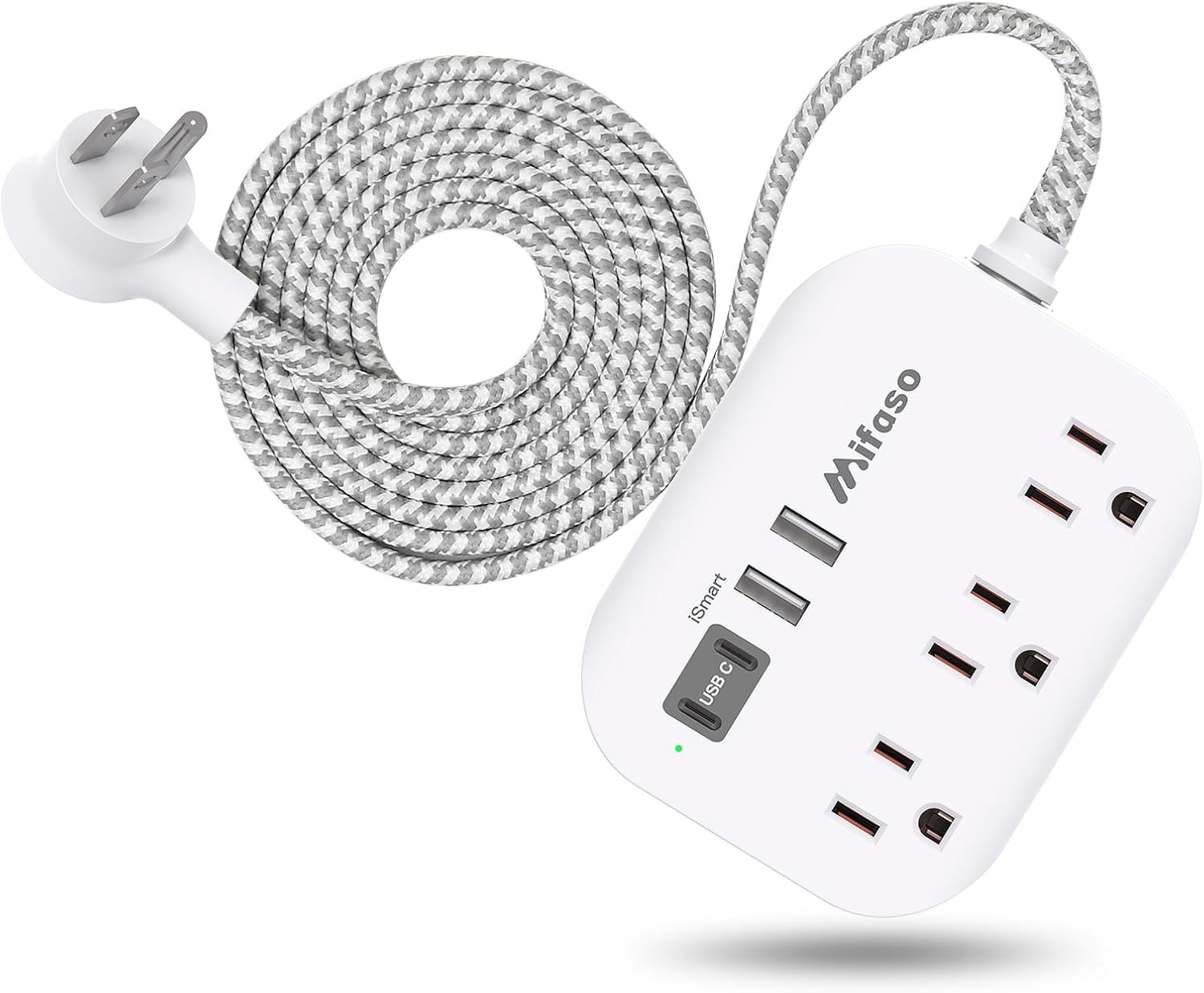Understanding voltage and when to use adapt vs converter
It’s a question that comes up in almost every international packing conversation: “Do I need a plug adapter or a voltage converter?” If you're traveling overseas from the United States, the answer depends on what you're bringing, where you're going, and how your devices are built. Getting this wrong can result in fried electronics, a dead hairdryer, or a phone that simply won’t charge. Fortunately, it's easy to get it right with a little advance knowledge.
As a travel advisor, I always recommend taking five minutes to understand how voltage works before heading abroad. It’s a small effort that can save time, stress, and money.

The Basics of Voltage
The United States runs on 110–120 volts. Much of the rest of the world operates on 220–240 volts. This means that many American devices aren’t compatible with foreign outlets unless they’re built for dual voltage.
Look at the small print on your device’s plug or power brick. If it says something like Input: 100–240V, that means it’s dual voltage and safe to use worldwide. No power converter required. Most modern electronics like laptops, phones, tablets, and cameras fall into this category.
However, items such as older hair tools, electric razors, and some kitchen gadgets often do not support dual voltage. These will require a converter if used abroad.
Adapters vs. Converters: What’s the Difference?
Adapter: Changes the shape of your plug to fit the outlet in a different country. It doesn’t change the electrical voltage.
Converter: Changes the voltage from the foreign standard (typically 220–240V) down to the U.S. standard (110–120V), allowing you to safely use devices that are not dual voltage.
Think of the adapter as a doorway and the converter as a translator. One lets you plug in, the other ensures your device won’t be overloaded once you do.
How to Know What You Need
Here’s a quick guide:
| If your device says... | You need... |
| 100–240V, 50/60Hz | Just a plug adapter |
| 120V only or 110V only | Converter and adapter |
Always double-check both the voltage and the outlet type for the country you're visiting. For example, if you’re heading to France, you’ll need a Type C or E/F plug adapter, and possibly a converter if you’re bringing a single-voltage appliance (like a curling iron). I don't recommend bringing hair dryers unless they are dual voltage - there's too much room for error and not only destroying your hair dryer, or potentially blowing the fuse for the outlet you're using, but also starting a fire.

What About Universal Travel Adapters?
A universal travel adapter is a compact device that allows you to plug into various outlet types around the world. Many include built-in USB ports for convenience. However, these do not convert voltage. They simply allow physical access to the outlet. You’ll still need to check your device for voltage compatibility.
For clients who travel often, I recommend investing in a high-quality adapter with multiple USB-A and USB-C ports. It reduces the number of chargers you need to pack and helps maximize limited outlets in hotel rooms or on cruise ships, and it's what I pack when traveling abroad.
When You Should Pack a Converter
If you’re bringing any of the following and they are not dual voltage, you’ll need a converter:
- Curling irons, flat irons, or hair dryers (unless travel-specific)
- Certain electric toothbrushes or razors
- Specialty electronics purchased in the U.S. that don’t have voltage range marked
That said, I strongly recommend leaving most of these items at home (especially the hair dryer) or purchasing a dual-voltage version made for travel. Converters are bulky, can be unreliable, and often can’t handle high wattage. If your hair tools are essential, look for a dual-voltage travel model or plan to use hotel amenities. Since I do travel a lot overseas, I have purchased &travel with, a travel sized hair dryer & straightener that are both dual voltage.

Cruise Travelers, Take Note
Cruise ships sailing in Europe often have both U.S. and European-style outlets, but not many of either. I always bring a compact adapter and a travel power strip (not a surge protector) and USB ports. Converters are rarely needed on board unless you’re using older, non-dual-voltage tools.
Final Tip: Watch for Frequency
Voltage isn’t the only factor. Some devices also rely on electrical frequency (measured in hertz, or Hz). The U.S. uses 60Hz, while much of the world uses 50Hz. Most electronics are unaffected, but a small number of motorized or timed appliances may not work correctly even with a converter. If it’s critical to your routine, research the specific item before packing.

Summary Checklist Before You Travel
✔ Check the voltage on every device you plan to bring
✔ Pack plug adapters for the country (or countries) you're visiting
✔ Leave high-powered appliances at home unless they’re dual voltage
✔ Consider a universal adapter with USB ports for convenience
✔ Bring a converter only if absolutely necessary, and confirm wattage limits
✔ When in doubt, ask your travel advisor (yes, that’s me!)
Need Personalized Advice?
If you’re unsure about what to bring or want product recommendations for your specific itinerary, I’m happy to help. Travel should be seamless, not stressful, and I make sure my clients are equipped with the right tools and information before every trip. Your next international adventure starts with smart packing.
Reach out via my contact page or book a time to meet.
